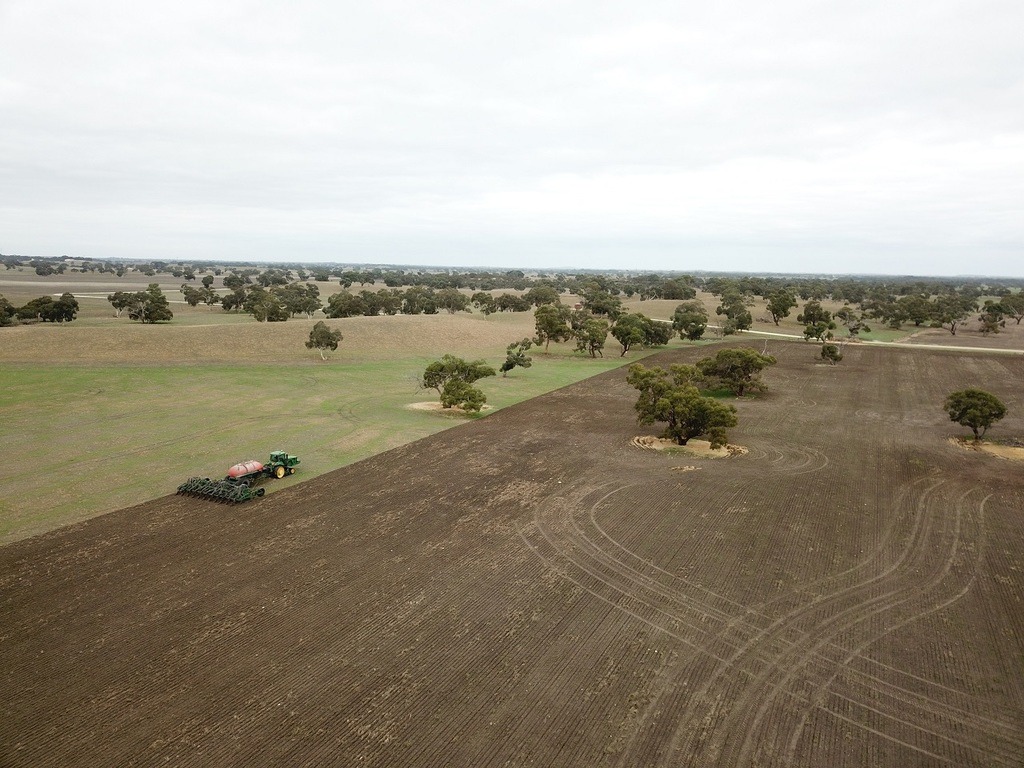Everyone wants a beautiful green lawn, but after harsh winters or summers, your lawn can look a little patchy, thin, and dull.
To give your grass new life, you might consider aeration and overseeding, or making holes in the soil to plant new seedlings. When done correctly, aeration and overseeding can be beneficial to the well-being of your lawn.
However, several mistakes can easily happen when aerating and overseeding – and could cost you money and time with very little return.
Make sure that you’re avoiding the seven aeration and overseeding mistakes to help you get a healthy, thick lawn.
Not Choosing the Right Equipment
You’ve probably seen do-it-yourselfers prancing across their front lawns wearing cleats to poke holes in the ground. This is done instead of investing in a proper aeration machine because they think that aeration is only about making holes.
In actuality, the concentrated force of walking around in spiked shoes will only cause your soil to become compact. Even using a spiked aerator, which uses a solid fork or tine to make holes in the soil, can cause compaction in the areas surrounding the holes.
For the best results, invest in a plug aerator.
A plug aerator removes a plug, or a core, of soil and grass from your lawn. Search for a plug aerator that removes soil plugs about two to three inches into the ground and about half to three-quarters of an inch in diameter, around two to three inches apart.
Not Knowing How to Use an Aeration Machine
After choosing the right aeration machine, the success of your new lawn growth lies with your ability to operate the aerator. The most common choice of aeration machines is the walk-behind, but they can be extremely heavy to push. This means that large yards can lead to achy arms and sloppy navigation, which results in inconsistent growth.
Additionally, every time you turn, you have to disengage the tines by lifting up on the handle to prevent damage to your lawn. It can be a time-consuming process, so instead, some users will lift and spin the whole aeration machine when it’s time to turn.
This can cause bare spots and compaction later on.
So, make sure that you’re using the right aeration machine and know how to use it properly to ensure the best results.
Aeration and Overseeding In the Wrong Season
The best time for aeration and overseeding is when the new life has the greatest chance to grow in your area. You don’t want to do aeration and overseeding too early because frost can come and kill the new seeds. You also want to avoid aeration and overseeding too late in the summer because the harsh sun and high temperatures can suppress the new growth.
For cool-season regions, like in the northern region, you want to aerate in the spring or early fall. Warm-season regions, like in the south, have the best chances of growing in the late spring or early summer.
Aeration and Overseeding in Dry Conditions
Aerating when your soil is slightly moist is easiest on you and your lawn. When the soil is dry and compact, it’s harder to penetrate, which requires more effort to push the aeration machine.
Avoid aeration and overseeding in droughts, especially because your lawn is already stressed out. Therefore, it’s best to wait to aerate and overseed until there’s been a good rainfall.
You Don’t Water Your Lawn After Aeration and Overseeding
After aerating and overseeding, you have to make sure that the seeds are covered with wet soil – at least a fourth of an inch covered – to help foster the growth of the seeds. A common mistake is that some people think that the natural rain cycle is enough to water your newly planted grass, but if the seeds go a few days without water, they could die.
For three weeks after the seeding process, or until the grass starts to pop out of the earth, you should be setting a watering schedule. After the new grass has gained some height, you can back off and go back to your normal pattern.
Mowing too Soon
After you’ve aerated and overseeded, your seedlings will need the right environmental protection and time to grow. You have to let them acclimate and set roots before you mow. This means that for the first two to four weeks, you should avoid mowing.
However, this time frame does vary depending on where you live and the grass you’ve planted. For instance, ryegrass and fescue take around 10 to 14 days to grow roots, while Kentucky bluegrass can take up to four weeks. You can talk to a lawn care professional to help you figure out the correct timespan you should avoid mowing.
You also want to avoid heavy foot traffic on your lawn during this time because it can cause the seeds to compact too deeply. Once the grass has reached about three to four inches, you can then fire up the mower to cut your grass.
Fighting Weeds Early
Weed control does wonders at keeping invasive growth at bay on your healthy lawn, but herbicides and chemicals can kill your seedling’s fresh blades and roots even if you use natural and organic solutions because they can cause stress on your new grass.
Therefore, it’s best if you wait until your new grass is strong before you use any weed-killing chemicals.
It’s advised that you wait until your grass has been mowed around five times before you deal with any weeds.
Conclusion
Be mindful of the seven aeration and overseeding mistakes listed above so that your lawn will grow to be beautiful, full, and healthy. Landscape maintenance can be a time-consuming task, but if you take the time to care for your new grass, the benefits will be outstanding. You’ll have a healthy lawn, and your grass will look beautiful.



